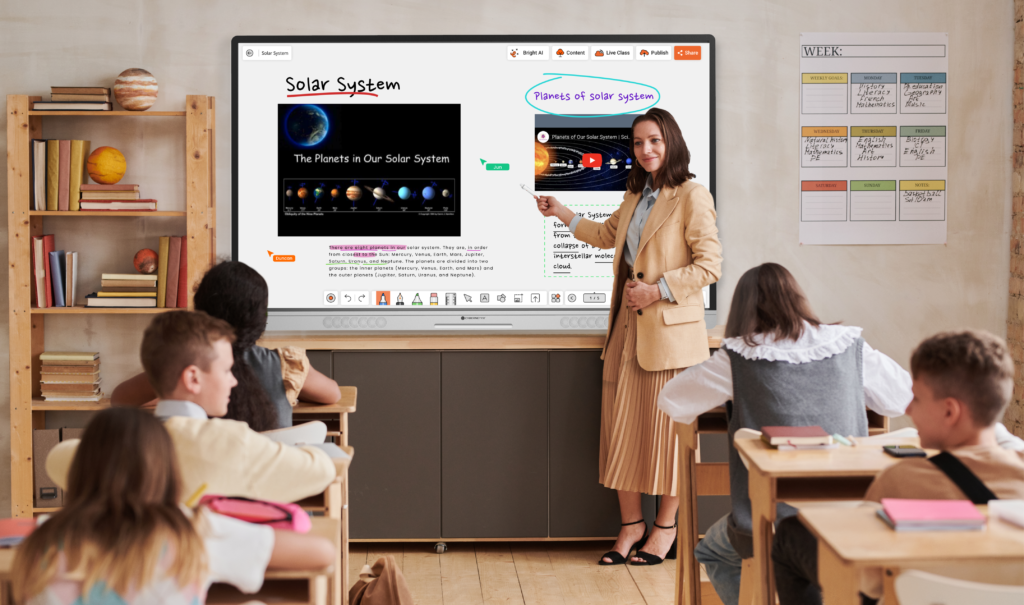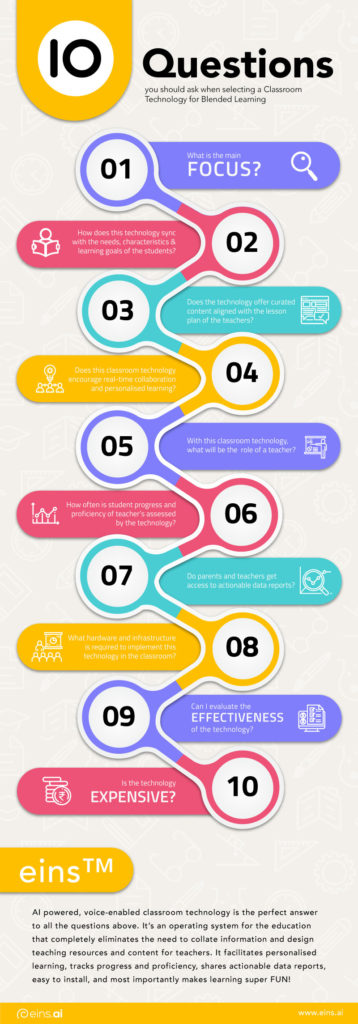
Photo by Nicole Honeywill on Unsplash
There is no dearth for shortcomings in this world. If you notice, whenever technology fixes a concern, there is a new challenge or the other that crops up in the society. This becomes more serious when it’s the education sector we are dealing with.
At a time we are speaking about technology and its role in simplifying education, increasing its reach among the masses and bringing about a revolution in teaching techniques, we are also experiencing different problems that hardly existed before.
However, the line between the problems existing and our understand of them appeared very blurry. We could sense a few issues plaguing schools and institutions right now but unsure of how they were actually causing a concern among teachers and parents on a daily basis.
That’s when we decided to get insights from teachers directly. We spoke to the teachers in some of the schools in the neighbourhood – both government and private – and came up with a concise of the shortcomings they face today. The write up sheds light on some of the most common problems indicated by the teachers.
One Study Regime for All Students
One of the first things that popped up among teachers was the presence of a one-size-fits-all system of imparting knowledge. In a class of 30, they share that you would find 30 different character traits – each unique and individualistic. There are fast learners, slow learners, talented but procrastinators, hard workers, uninterested, helpless and more. However, the current education system requires each and every student in the classroom to follow the same study and assessment pattern.
Classroom sessions are generic and don’t take into consideration the strengths, weaknesses and comprehensibility levels of kids. Everyone’s required to complete assignments, take assessments, understand concepts at the same pace, which is very different from practicality after school or graduation.
Less Teaching Time for Teachers
Next big concern for teachers is the limited time they have to dedicate in a day for teaching lessons. Teachers are more than teachers in our schools. They juggle multiple roles like that of administrators, guides, mentors and some even have the responsibility to fetch admissions. Besides all this, they have to dedicate time on some redundant tasks like taking attendance. In a 40-minute session, ten minutes go into moderating the class for attention. The teacher only has 30 minutes to conduct sessions – effectively.
Textbook Exposure to Learning
Students in most schools are required to know only how much they need to know. Most classes are conducted keeping in mind the final exams students have to go through. Students know what is mentioned in their textbooks and nothing beyond. Teachers don’t go an extra mile in giving them additional information about topics or subjects and resort to whatever is mentioned in books. This limited exposure in learning leaves a huge gap between what is required from students in the real world and the knowledge they possess to tackle concerns.
Redundant Teaching Techniques
Today’s teaching technique is more inclined towards completing portions and syllabus before exams. There is an unwritten protocol in terms of teaching topics and subjects and most of the classroom sessions are passive, meaning students don’t get to interact with teachers for questions and queries. Students tend to listen to the session and there is no way to assess if the students are paying attention or if the teachers’ efforts are actually translating into knowledge gain. This slowly makes classes dull and a sense of demotivation or lack of interest to go to school kicks in.
Minimum Translation of Teaching Efforts
Despite the efforts put in by teachers to impart knowledge to students, only a minimum amount of efforts actually translate to fruition. If you look at stats on education in India, you would know that India has a literacy rate of 77%, which is way behind countries like China, Russia and Brazil. Besides, the Annual Status of Education Report shares that a student of 5th standard struggles to read text from 2nd standard and that over half of the students in 8th standard cannot divide simple numbers. This sheds light on the investment of efforts, time and teaching methodology and actually questions the plight of education in India today.
Stagnant Tech Devices
Another gap in the education system lies between the vision of governments and institutions and the execution of them in everyday life. While the authorities and diplomats have commendable visions on the use of tech devices and smart classroom solutions, struggle gets real when it comes to implementing them. The fact is, most teachers are not tech savvy in our country. While we are still getting used to the tech devices around us, operating one seamlessly in front of 50 students becomes a real question. Teachers tend to become hesitant or less confident in using smart classroom solutions today. So, most devices are either locked up in safe rooms or are reserved for optics during inspections.
So, these were some of the crucial insights we got to know from the teachers we interacted with. What this also brings to light is there is still hope in terms of advanced interactive devices to bridge all these gaps in classrooms. Our products are designed to tackle everyday problems and if your institution or classroom shares any of the concerns mentioned, it’s time to get in touch for a free demo here. how





About The Author: Sindhya Ravikumar
More posts by Sindhya Ravikumar